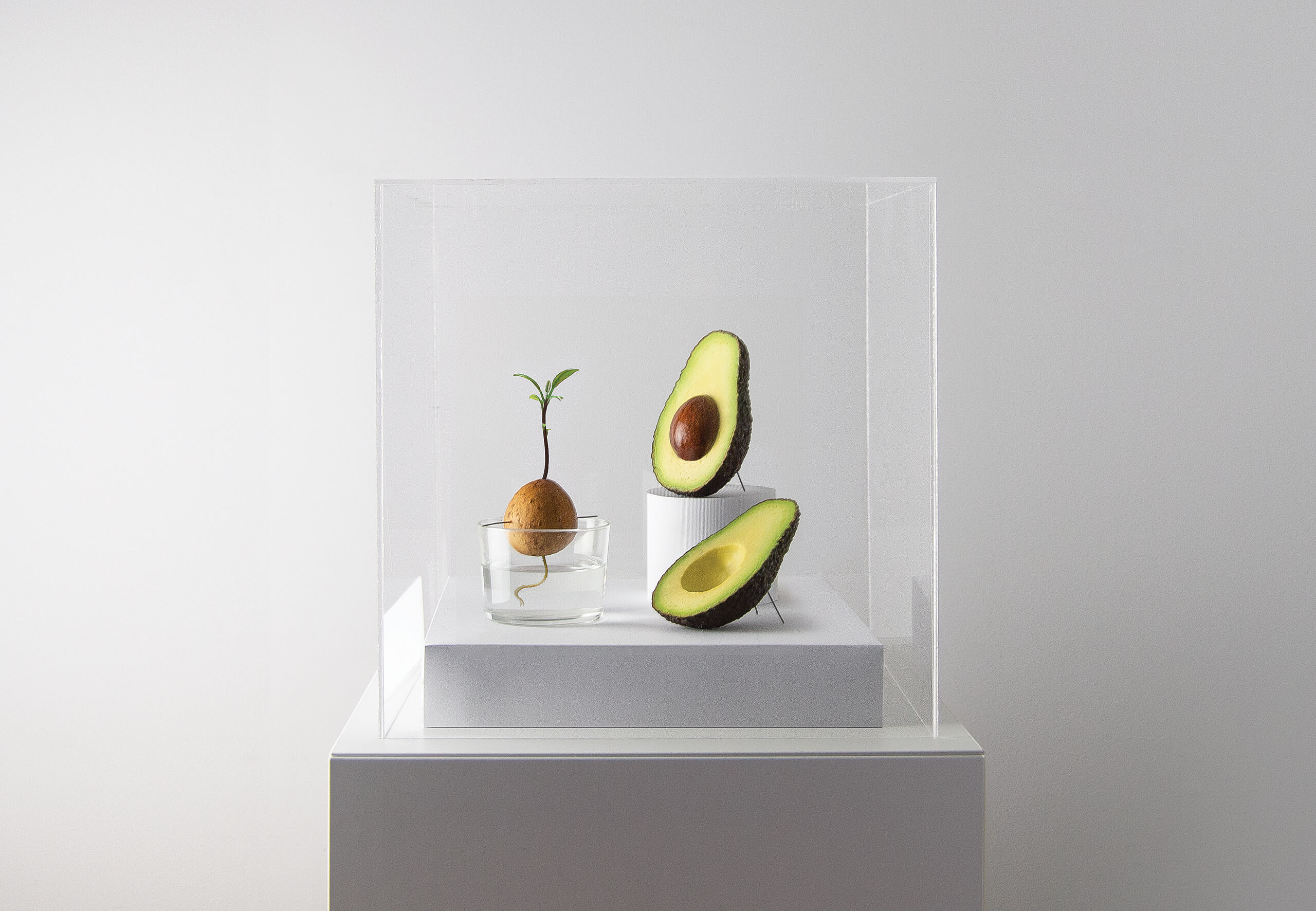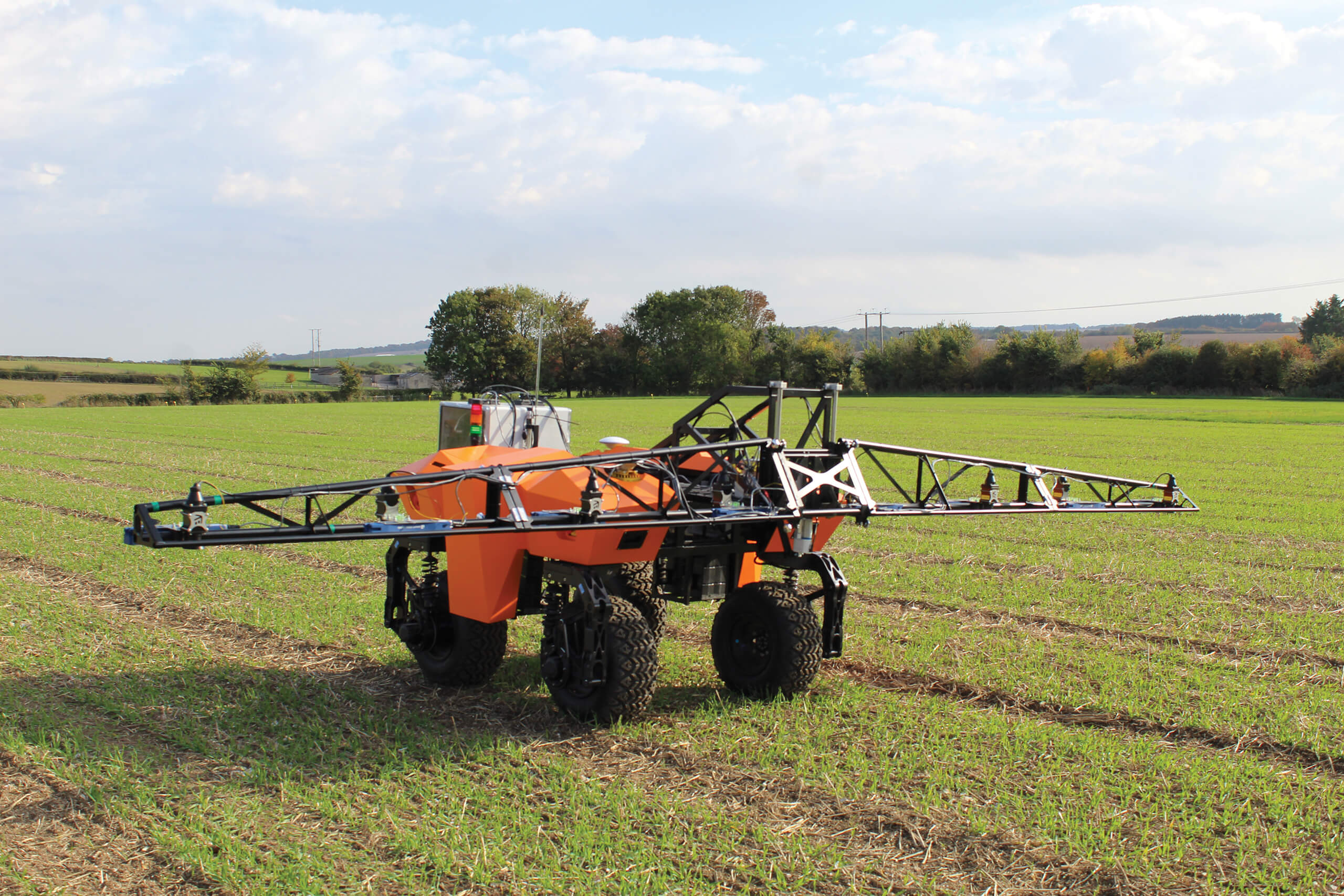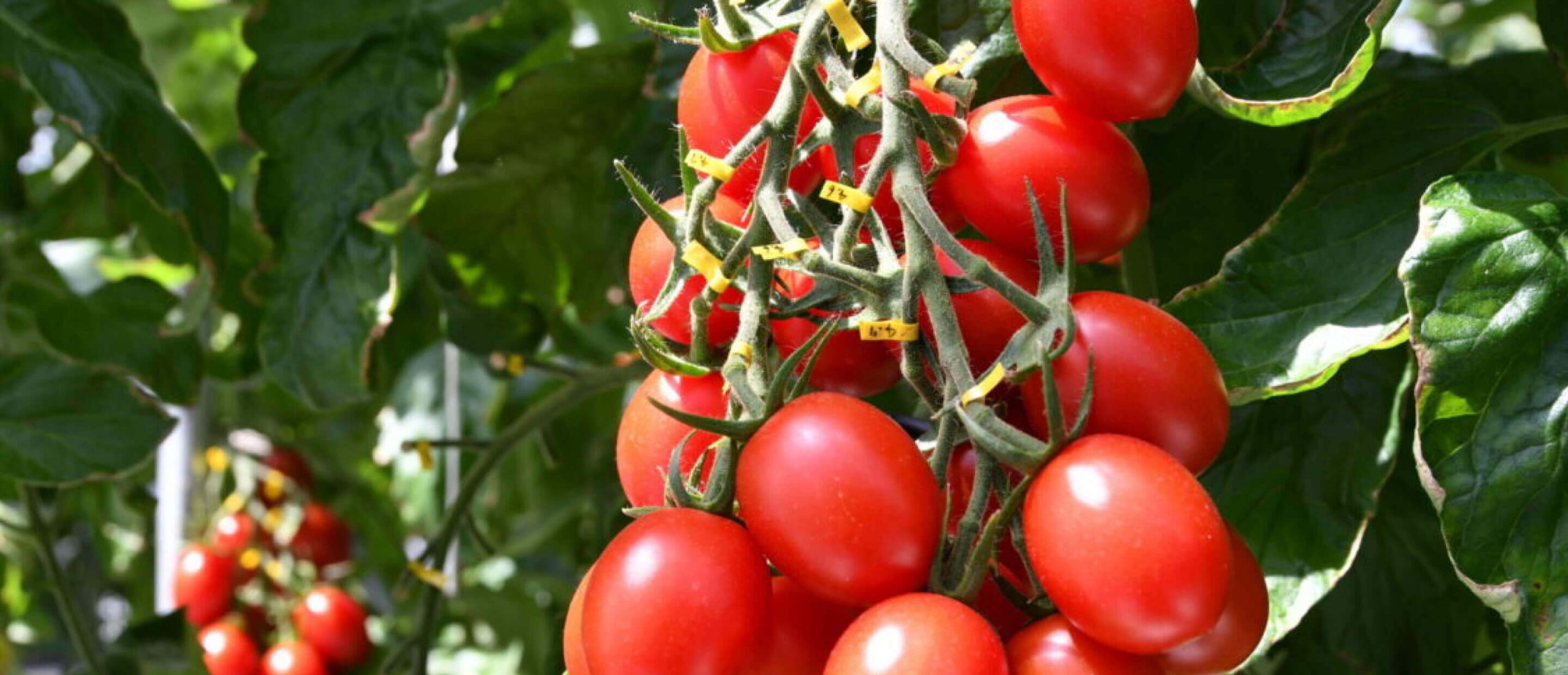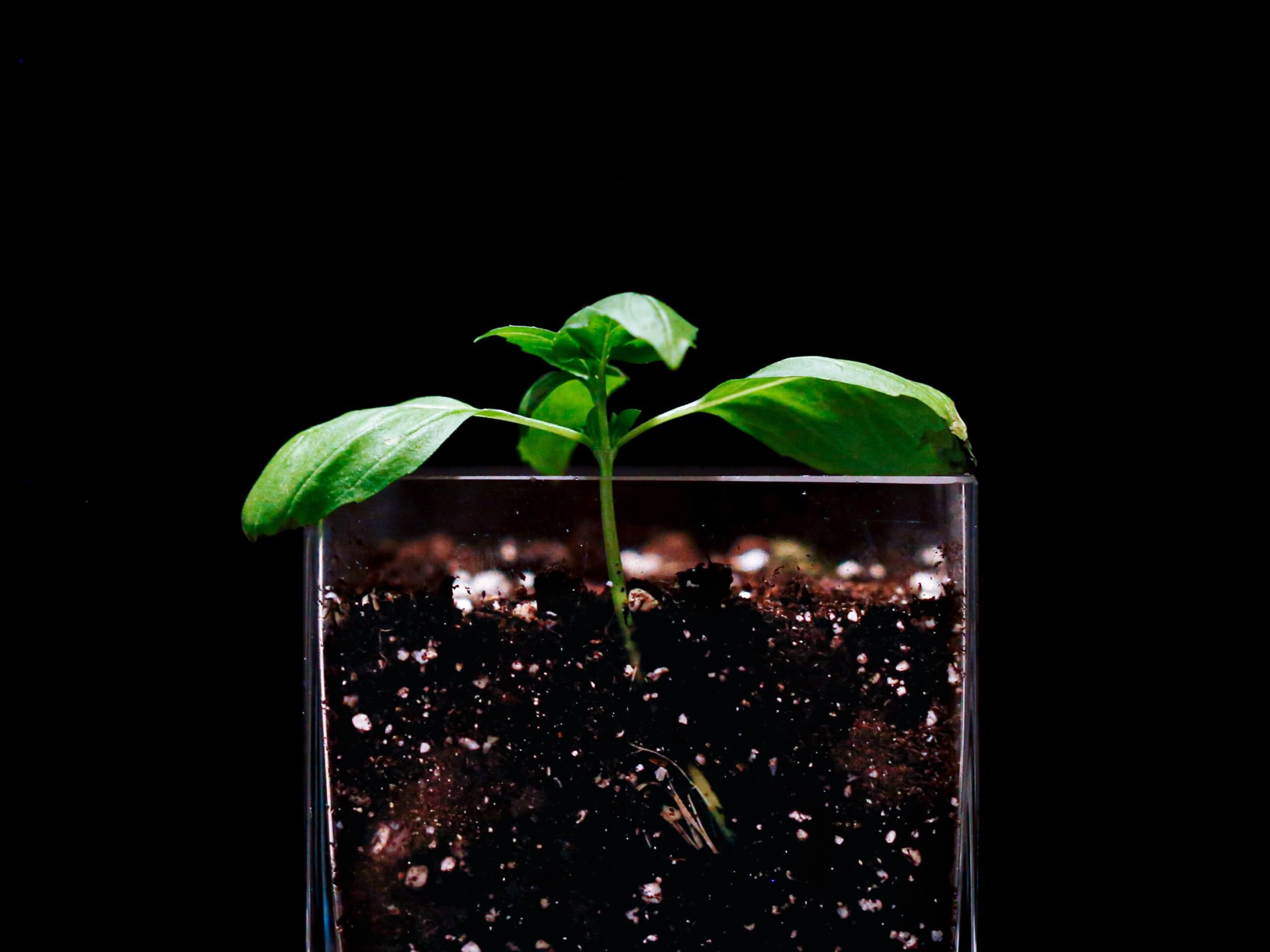
A fleet of AI-powered robots is poised to change how farmers plant cover crops.

Dr. Girish Chowdhary, University of Illinois Associate Professor and Co-Founder of EarthSense, has developed a fleet of AI-powered robots to plant cover crops weeks or even months before the main crop is harvested. He hopes this could improve the yield of cover crops, reduce dependence on large carbon-emitting farm machinery and improve soil health.
In the U.S. Midwest, we grow a lot of corn – around 200 million acres. Corn is typically planted around May or Juneand harvested in September or October. Many farmers will then plant cover crops, which aren’t always planted for harvesting but can regenerate the land, perhaps fixing more nitrogen in the soil, and some can be harvested and used in biofuel.
The problem farmers face is that by the time they harvest the corn, there aren’t a lot of sunny days left, and they find they don’t get a good output from the cover crop. We wanted to find a way to plant cover crops in standing corn.
Right now you can do that using a drone or high-clearance spreader to basically cover the crop with seeds; however, this doesn’t work very well with corn because the seeds get stuck in the leaves. So we tried to develop a solution that could go undercover through the rows of corn, and we came up with these robots.
How does it work?
They’re called TerraPreta, named after a particularly rich and fertile soil found in the Amazon basin. The robots are each equipped with seven cameras and artificial intelligence (AI) to interpret the images they capture. This allows them to detect (and react) to challenges while they’re moving through the fields planting seeds. They are designed to work in teams, and when driving at speed (three miles per hour), five robots can cover 100 acres in a working day. It creates a whole new paradigm, allowing farms to plant their cover crops in August, or as early as July if they want to, so that by the time they harvest the corn, the cover crop is already emerging.
Now that we had designed a robot that was able to navigate autonomously in fields of corn, planting seeds was a natural solution.”

Comparison of cover crops in the spring 2023 in neighbouring fields that were planted post-harvest by a tractor (left) and interseeded with the TerraPreta robot (right), showing the crop cover benefits of earlier sowing. Photo credit: EarthSense
As with many discoveries, this technology evolved from a different pursuit. Several years ago, we were working on robots to perform high throughput phenotyping of corn – using robots that would measure various crop traits. Essentially, we started wondering what else we could do with a robot that was able to navigate autonomously in fields of corn; planting seeds was a natural solution.
Training the TerraPreta robot to perform this task hasn’t been straightforward. What surprises people about AI is that the things people find really difficult, like playing chess, AI finds very easy, And the tasks people find easy, like cooking breakfast, AI finds very hard.
So, it has taken years to develop an autonomous robot capable of planting seeds in this way. The other issue, of course, is that in an agricultural robot you can’t have 100,000 sensors as you would in an autonomous car. You can’t map
out all of the environments it might encounter. We had to develop a new AI that didn’t rely on connectivity to the cloud and is able to use images from low-cost cameras.

TerraPreta robot planting a cover crop in a standing crop of corn. Photo credit: EarthSense.
The Plan for 2025
The TerraPreta robots should be available in 2025 as part of controlled trials with farmers. Next year our target is for them to cover 5,000 acres, then we’re planning to scale up to 10,000 acres within a couple of years.
If we can get this right, it will open up a whole different way of doing things, but it has to work. Farmers don’t want snake oil. They want results. If we can make sustainable agriculture profitable, then farmers will be on board.
* TerraPreta has been developed through the Partnerships for Climate-Smart Commodities program, at University of IL. It is facilitated through the Institute for Sustainability, Energy, and Environment (iSEE) at Illinois and supported by multiple industry partners as part of the iCOVER project, which is funded by USDA and is a partnership between University of IL ACES and Grainger College of Engineering, EarthSense, Inc., University of Tuskegee,: Corteva Agriscience, and Indigo Ag, Inc.



